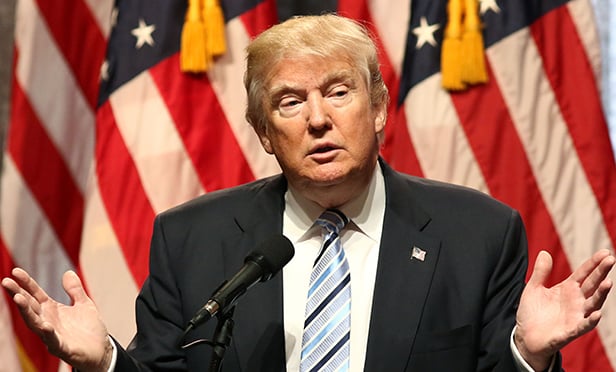What's hot: betting on the direction of interest rates. What's not: wagering on corporate defaults.
The trend may explain why Bank of America Corp.'s Kavi Gupta, who headed a U.S. group trading credit-derivatives indexes, changed roles. In March, he switched to lead interest-rate swaps trading in the region, according to two people with knowledge of the matter.
Rate derivatives have become more popular than ever for wagering on whether borrowing costs will rise or fall as the Federal Reserve scales back its unprecedented stimulus. The amount of over-the-counter interest-rate swaps has swelled 30 percent since the end of 2009, to a record notional $584.4 trillion as of December, according to a May 23 CME Group Inc. report.
At the same time, the volume of privately negotiated credit-default swaps has plunged to a notional $21 trillion, 64 percent below the peak of $58.2 trillion in December 2007.
Bond buyers are less concerned about companies going bankrupt. Corporations have been able to raise cheap money for years, and the default rate is about half its historical average. Moody's Investors Service predicts the global speculative-grade default rate will decline to 2.3 percent at year-end from 2.4 percent in April. The default rate in the U.S. exceeded 11 percent in November 2009, according to Standard & Poor's data at the time.
On the broker-dealer side, there's also less motivation to trade the credit contracts. New regulations have forced banks to reduce holdings of riskier securities and move much of their derivatives trading onto swap execution facilities. This has made the business less lucrative.
Last year, JPMorgan Chase & Co. said the new derivatives rules may cost it $1 billion to $2 billion in revenue.
“The credit derivatives market continues to retreat at the swiftest pace” among over-the-counter derivatives, the CME Group's report said. “This sector has most keenly felt the fallout from the subprime crisis.”
Meanwhile, investors who've tried to bet against credit in the last few years have lost out again and again as central banks around the world have boosted their stimulus. Corporate bonds, from the riskiest to most creditworthy, have gained 5.6 percent in 2014, on top of 66.6 percent returns in the previous five years, according to Bank of America Merrill Lynch index data.
On the rates side, bond yields keep surprising analysts and investors. Even though most Wall Street strategists predict that benchmark 10-year Treasury yields will rise by year-end as the Fed winds down its bond-buying program, they've been going the other way.
Yields on 10-year Treasury notes have fallen to 2.41 percent from 3.03 percent at the end of December, according to Bloomberg Bond Trader prices.
With borrowing costs moving even lower, it's no wonder everyone's fretting about the direction of rates instead of company defaults.
Copyright 2018 Bloomberg. All rights reserved. This material may not be published, broadcast, rewritten, or redistributed.
Complete your profile to continue reading and get FREE access to Treasury & Risk, part of your ALM digital membership.
Your access to unlimited Treasury & Risk content isn’t changing.
Once you are an ALM digital member, you’ll receive:
- Thought leadership on regulatory changes, economic trends, corporate success stories, and tactical solutions for treasurers, CFOs, risk managers, controllers, and other finance professionals
- Informative weekly newsletter featuring news, analysis, real-world case studies, and other critical content
- Educational webcasts, white papers, and ebooks from industry thought leaders
- Critical coverage of the employee benefits and financial advisory markets on our other ALM sites, PropertyCasualty360 and ThinkAdvisor
Already have an account? Sign In Now
*May exclude premium content© 2024 ALM Global, LLC, All Rights Reserved. Request academic re-use from www.copyright.com. All other uses, submit a request to [email protected]. For more information visit Asset & Logo Licensing.




